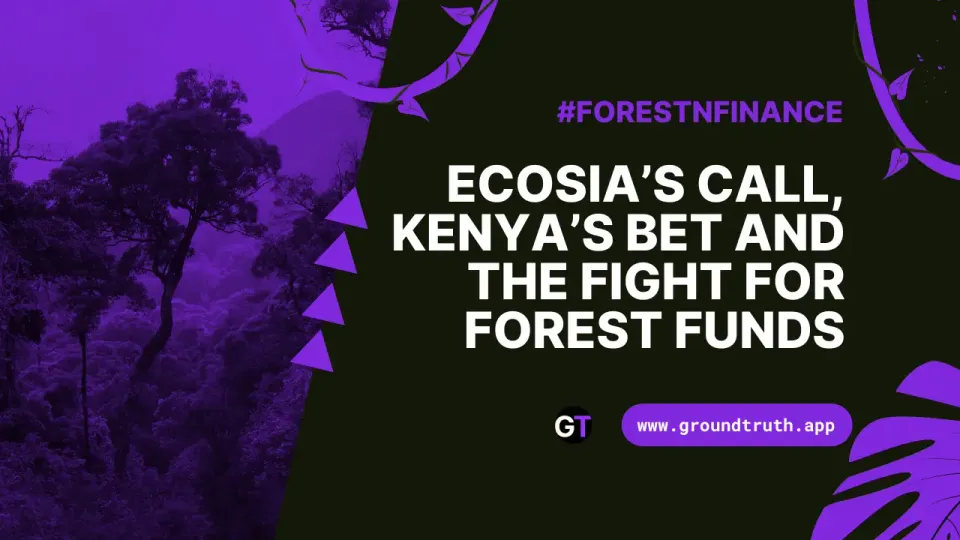Sweden's Forests Are Thriving—But Only Data Can Prove It 🌲📊
Sweden’s experience highlights the need for a balanced mix of ground-based and satellite data to get the full picture.

Sweden’s forests are doing some serious carbon-storing. Over the last century, the volume of living biomass has doubled, making these landscapes both 🌍 climate allies and 🌿 sustainable sources of wood. But here’s the catch: all this progress means little if we don’t have the right numbers to back it up. When it comes to smart environmental policy, accurate data is everything.
Take the recent debate over Nordic “deforestation.” A 2020 satellite-based study claimed a 50% jump in EU wood harvesting, spurring calls for tougher forestry regulations. Sounds alarming—but local data from Sweden's National Forest Inventory (NFI), which has tracked forest metrics for over a century, tells a different story 📈: far from shrinking, Sweden’s forests are actually thriving, with both biomass and carbon storage on the rise.
So what’s going on? Satellite data often misreads sustainable practices like selective thinning as deforestation. Building policy around this kind of high-level data alone risks unintended consequences—like discouraging practices that actually support forest health 🌳 and rural economies. Think of it as mistaking a trim for a total shave. You’re technically removing something, but the results couldn’t be more different, as Ulf Larsson explains in EUobserver.
Here’s why this matters: In the climate fight, flawed policy based on incomplete data can hold back genuine progress. Sweden’s experience highlights the need for a balanced mix of ground-based and satellite data to get the full picture. Broad-brush approaches don’t work with something as nuanced as forestry. If Europe’s serious about its green goals, policies need to rest on a solid foundation of reliable data.
And here’s the clincher: without consistent, high-quality data, we can’t really know how close—or far—we are from reaching climate targets 🎯. Sweden’s reliance on both satellite and ground data demonstrates how essential environmental data management systems are for meeting climate goals and ensuring forests continue to thrive. Competing data sources add a lot of noise, not just in Sweden but worldwide. To see real progress, we need a scoreboard everyone can trust. 📊
Sources 📖
Larsson, Ulf. (2024, November 6). Flawed forestry data undermines effective policies. EUobserver.
Tall forests. Natural Resources Institute Finland. Natural Resources Institute Finland.
The risks of relying on too few data sources. (n.d.). Future Forestry. Future Forestry.




